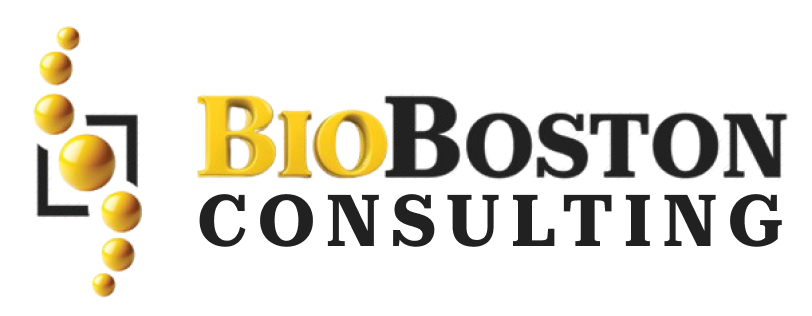When placing medical devices on the European market, manufacturers must ensure their products comply with the European Union’s (EU) Medical Device Regulation (MDR) (EU) 2017/745. Meeting the requirements of this regulation is essential for market access and patient safety. This article outlines the necessary steps for manufacturers to ensure conformity and avoid submission delays when preparing technical documentation for EU MDR compliance. BioBoston Consulting is here to help you navigate this complex process and optimize your medical device submission for faster approval.
The Importance of Technical Documentation in EU MDR Compliance
Under EU MDR, the technical documentation of a medical device must demonstrate that the device meets the essential safety and performance requirements as specified in Annex I of the MDR. Depending on the device classification and the chosen conformity assessment route, manufacturers may need to have their technical documentation reviewed by a Notified Body. This process ensures the safety and efficacy of the device and its compliance with EU regulations.
Key Points for Efficient Submission and Avoiding Delays
- Comprehensive Reports and Data
To ensure approval, manufacturers must provide detailed and thorough reports. Abbreviated or partial test reports are not acceptable under EU MDR, and revisions or amendments to previously submitted verification reports should be avoided unless necessary.
- Consistency and Uniformity
Ensure that all technical documentation is consistent. For instance, when duplicate information is requested, maintaining uniform details across the documentation is essential to avoid discrepancies.
- Justification for Deficiencies
If there are any deficiencies or gaps in the documentation, a solid justification must be provided. The Notified Body may require additional explanations for any missing information.
- Clear, Structured Documentation
A well-structured and comprehensive technical file is vital. Each section of the documentation must reflect the requirements of EU MDR, and it must be linked to specific standards, including harmonized standards and common specifications (CS).
Ideal Structure for Medical Device Technical Documentation
The structure of your technical documentation should be clear, and it must cover all essential aspects, including:
- Device Description and Specifications
- Product/trade name, intended purpose, and user demographics.
- Risk class and justification for classification.
- The device’s operating principles and intended clinical use.
- Detailed descriptions of any novel features and scientific support.
- Raw materials and critical components, especially those in contact with the body.
- Reference to Previous Versions or Similar Devices
- Comparison with previous generations of the device.
- List of similar devices on the market with their conformity information (e.g., Declaration of Conformity, IFUs, Implant Cards).
- Design & Manufacturing Information
- Detailed description of the design and manufacturing process, including validation protocols and critical processes for device safety.
- Evidence of compliance with ISO 13485 and critical subcontractor qualifications.
- General Safety & Performance Requirements (GSPRs)
- Documentation demonstrating conformity with each applicable GSPR.
- Harmonized standards or other methods used to demonstrate conformity.
- Risk Management and Benefit-Risk Analysis
- Evidence of a continuous risk management process as per ISO 14971, including risk assessment and control measures for the device lifecycle.
- Benefit-risk analysis ensuring the device’s safety and efficacy.
- Verification and Validation
- Results from all relevant verification and validation tests.
- Biocompatibility, software validation (for Software as a Medical Device), and cybersecurity compliance.
- Clinical Evaluation and Post-Market Surveillance
- Clinical evaluation documentation, including the Clinical Evaluation Plan, Clinical Evaluation Report, and Post-Market Clinical Follow-Up (PMCF) plan.
- Post-market surveillance data, including complaint data, market history, vigilance data, and corrective actions.
Additional Key Considerations for Compliance
- Sterilization: Include details on sterilization methods, protocols, and certificates. Ensure the relevant sterilization validation and revalidation processes are documented.
- Packaging and Shelf Life: Provide evidence for packaging stability, shelf-life claims, and storage conditions.
- Clinical Data: For devices incorporating medicinal substances, provide justification for classification and clinical data supporting their safety and efficacy.
- Software and Cybersecurity: For Software as a Medical Device (SaMD), include detailed software development plans, risk assessments, and cybersecurity protocols.
BioBoston Consulting: Your Partner in EU MDR Compliance
BioBoston Consulting offers expert services to help you navigate the EU MDR submission process efficiently. With our deep understanding of the regulations and technical documentation requirements, we can assist you in structuring and preparing your submissions to avoid unnecessary delays and ensure compliance with EU requirements.
Whether you need assistance with the technical documentation, risk management processes, or clinical evaluation reports, our team at BioBoston Consulting is here to guide you every step of the way. We specialize in helping manufacturers streamline the process of bringing medical devices to market while ensuring they meet the highest safety and performance standards.
Contact BioBoston Consulting Today
If you are looking for expert guidance in preparing your medical device for EU MDR submission, contact BioBoston Consulting. Our team of specialists can help you navigate the complexities of the regulatory landscape and ensure your device is compliant with all EU requirements. Reach out to us today for a consultation and optimize your submission process.
Get in touch with BioBoston Consulting now to ensure a smooth and successful medical device submission!

